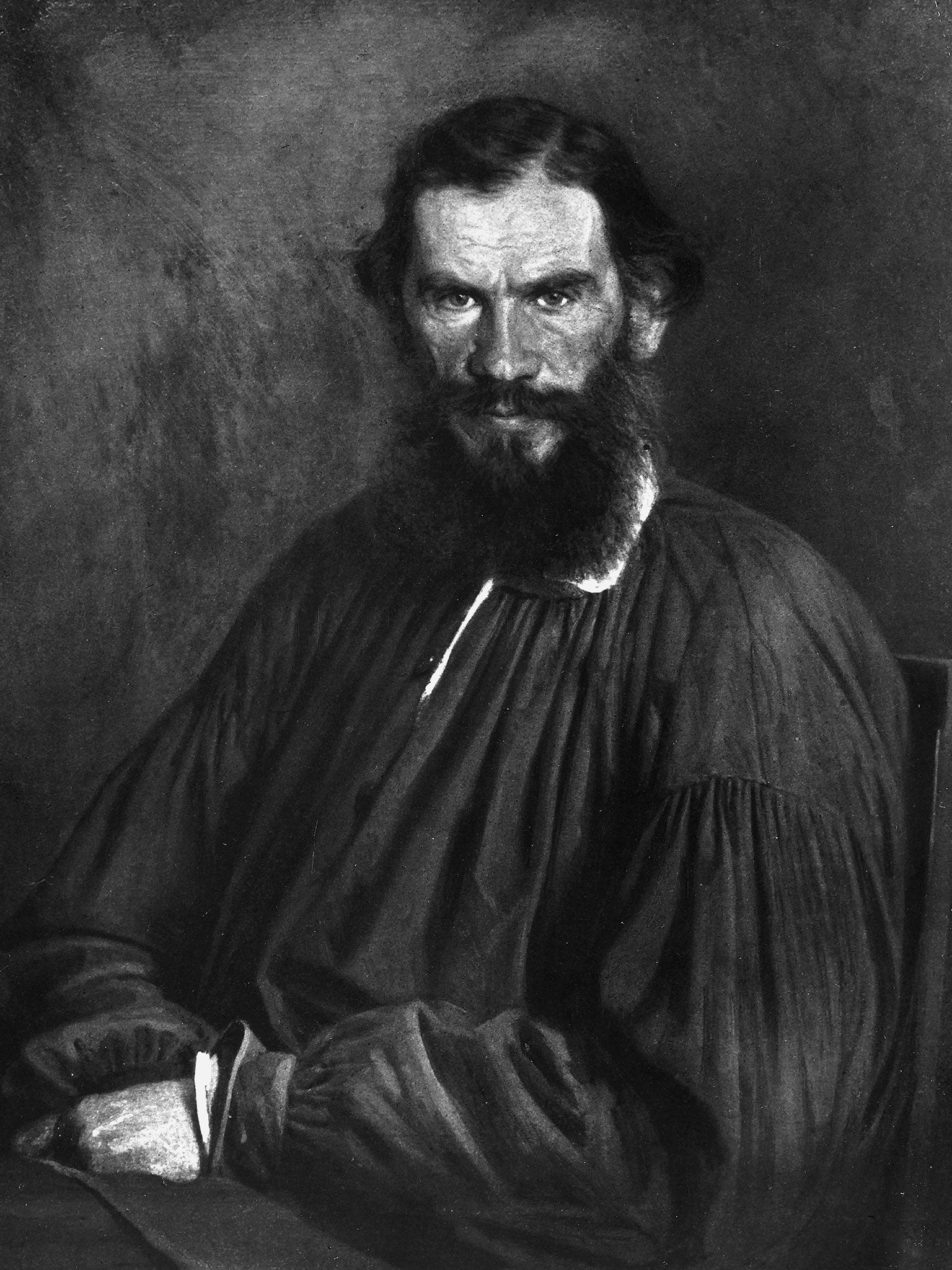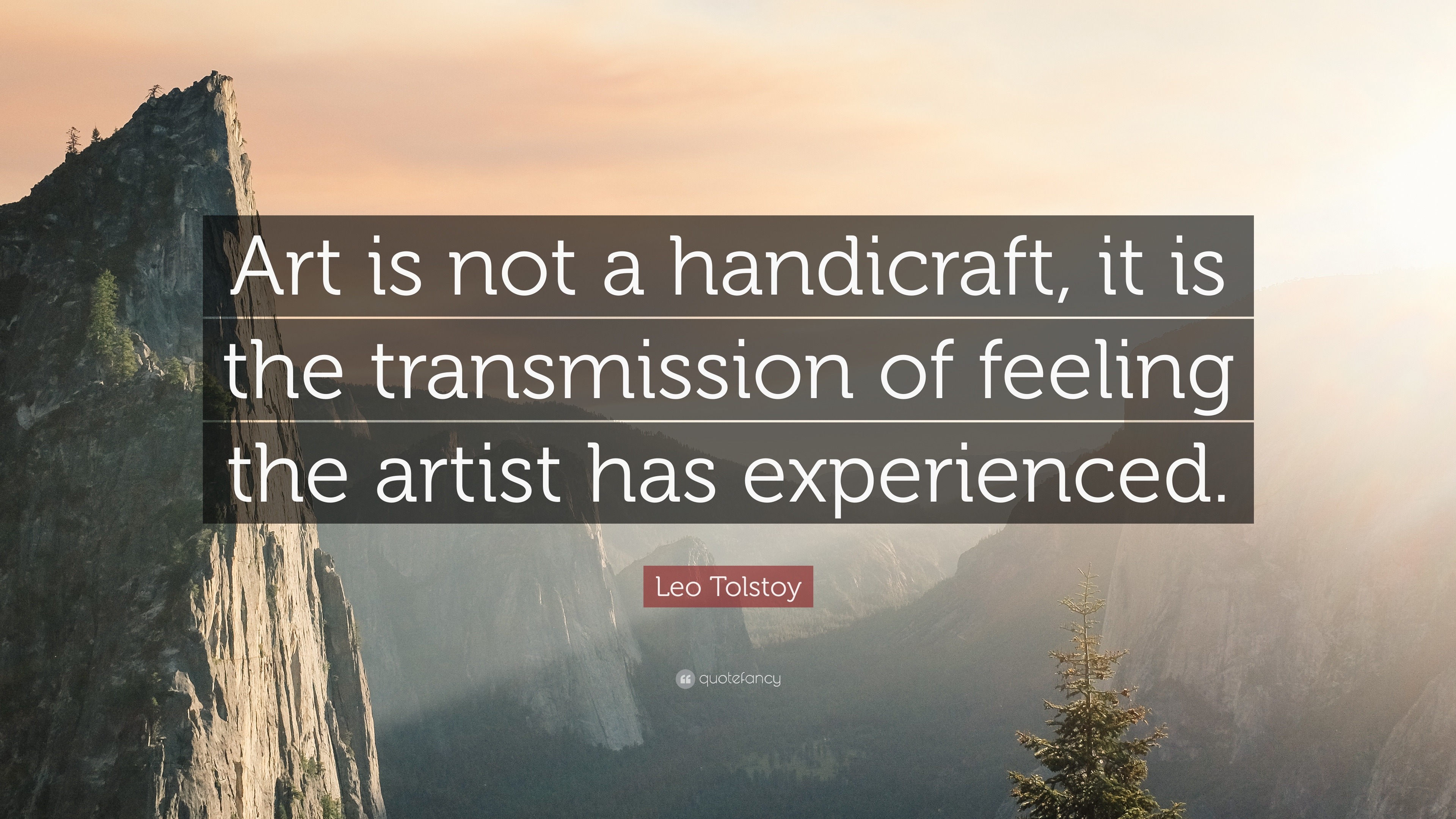
In Leo Tolstoy’s work, “What is Art?,” Tolstoy describes his ideal form of art. How does he suggest we apply this test to evaluate art? Is this a useful proposal for evaluating the quality of art? If you disagree with this proposal, how would you challenge it?

It takes a bit more time, but the discipline of using your own emotions to illustrate stories builds emotional intelligence, empathy skills, and adds the magic of art to your storytelling.“Tolstoy uses the test of infectiousness, not only as a descriptive measure for what should count as art, but also as a standard for good art (#28-32). The art part means you put skin in the game to produce your own physical experience of the emotional journey you seek to share. It can add a bit of silliness that makes your story more fun, but not more meaningful. Likewise, animating your face with a stereotypical cheerleader grin and moving your body as if you are skipping on the inside is "doing" rather than 'being" happy. Some business storytellers "do" emotions for a story - like putting on a big sad face during the sad parts of their story - rather than actually "being" sad during the sad parts of their story. Leo TolstoyĪuthentic emotions spike the punch of your story in a way pretend emotions can not. To evoke in oneself a feeling one has once experienced, and having evoked it in oneself, then, by means of movements, lines, colors, sounds, or forms expressed in words, so to transmit that feeling that others may experience the same feeling - this is the activity of art. Tolstoy's guide to what is art expresses what I consider the art part of storytelling. Who knows how I got there, but this is good stuff.

Van Camp listing Tostoy's opinions on what is, and is not, art. Yesterday I ran across a page compiled by Philosophy Professor Emeritus Julie C.


 0 kommentar(er)
0 kommentar(er)
